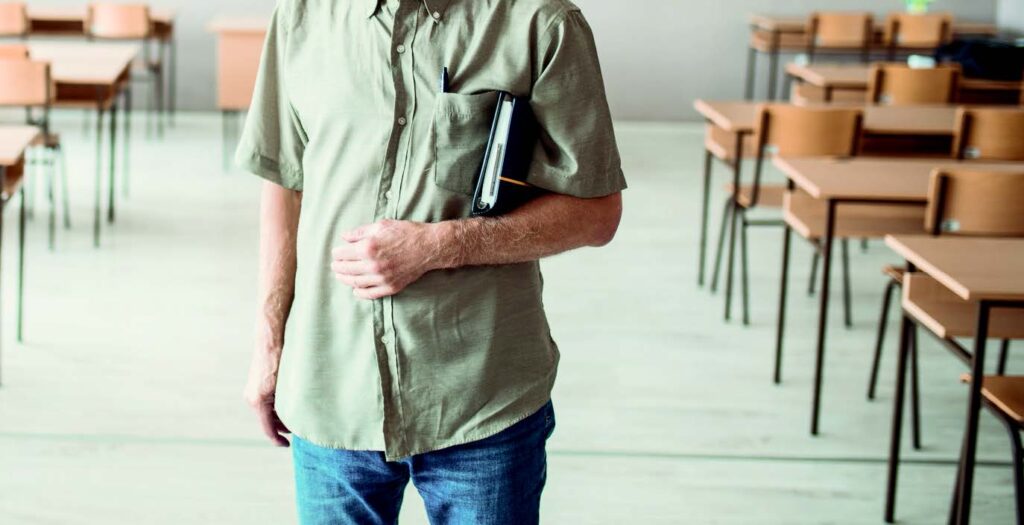
General Secretary Larry Flanagan, who represents the EIS on the Scottish Government’s COVID Education Recovery Group (CERG), updated Council on a range of Coronavirus-related issues. CERG had met for the first time this year the day before the EIS meeting, so the General Secretary was able to provide Council members with an up-to-date report on the key issues.
Amongst the issues covered in the General Secretary’s report were:
- A major report due out shortly from the UK SAGE (Scientific Advisory Group for Emergencies), with particular emphasis on the role of young people in transmission of COVID-19, will be important in determining what happens next with schools.
- There is evidence that the schools closure / move to remote learning was a significant step in lowering levels of community infection.
- Indications are that the new variant doesn’t cause a greater degree of illness in young people, but is readily transmissible – and this is often linked to cases of asymptomatic transmission.
- It is likely that schools re-opening will not be en masse, but based on some sort of phased return and / or blended learning models to enable physical distancing.
- There is a possibility of regional variations on schools opening in areas where levels of community infection are low or high. The EIS is very clear we do not want to see schools re-opening in a way that would increase risk of the spread of the virus.
- Mr Flanagan also reported that the EIS had raised concerns around ASN staff in a recent meeting with the First Minister, specifically the need for consideration for ASN staff to be prioritised in the first wave for vaccinations, in a similar way that care home staff have been prioritised due to their proximity to residents.
- The EIS has made the case that all other teachers should be prioritised in the second wave, though not ahead of clinically vulnerable groups (who must continue to be in the first wave).
- On remote learning – the indications are that the offer this time is much improved, as there has been more time to plan compared to the first lockdown.
- The EIS remains concerned about some young people from disadvantaged backgrounds not engaging in remote learning. The EIS has called for employment of more teachers, such as supply staff, to provide additional support for these young people.
- On SQA issues, there has been some discussion around payment for additional work required around the new assessment model, but the EIS is also clear that the current priority should be on teaching and learning rather than a focus on assessment at this time.

In discussion following the General Secretary’s report, Council members took the opportunity to raise a variety of COVID-related issues.
Allan Crosbie (Edinburgh) said that there needs to be a policy for eradication of the virus, and the EIS needs to advocate for this approach. He asked how the EIS can take forward a joint union approach on a strategy based on virus eradication.
John Swinburne (Edinburgh) agreed on this approach, saying that countries adopting the eradication approach have some of the lowest rates of infection, and the strongest economic recoveries.
Susan Quinn (Glasgow) said that ensuring that all proper mitigations are in place when pupils’ return was essential. Determining what mitigations, in addition to the roll-out of the vaccine, need to be in place when it is time for schools to return to in-class teaching should be a priority, she said.
Vice-President Heather Hughes highlighted that, as the new variant is airborne, we need clarity on ventilation requirements before any return to school. Even physical distancing may not be enough to protect staff from an airborne virus, said Ms Hughes.
David Baxter (Dundee) said that the EIS needs a lockdown exit strategy, to ensure we can continue to lobby and make our voices heard. He also highlighted the importance of a recovery curriculum to support education recovery for young people once we come out of lockdown.
